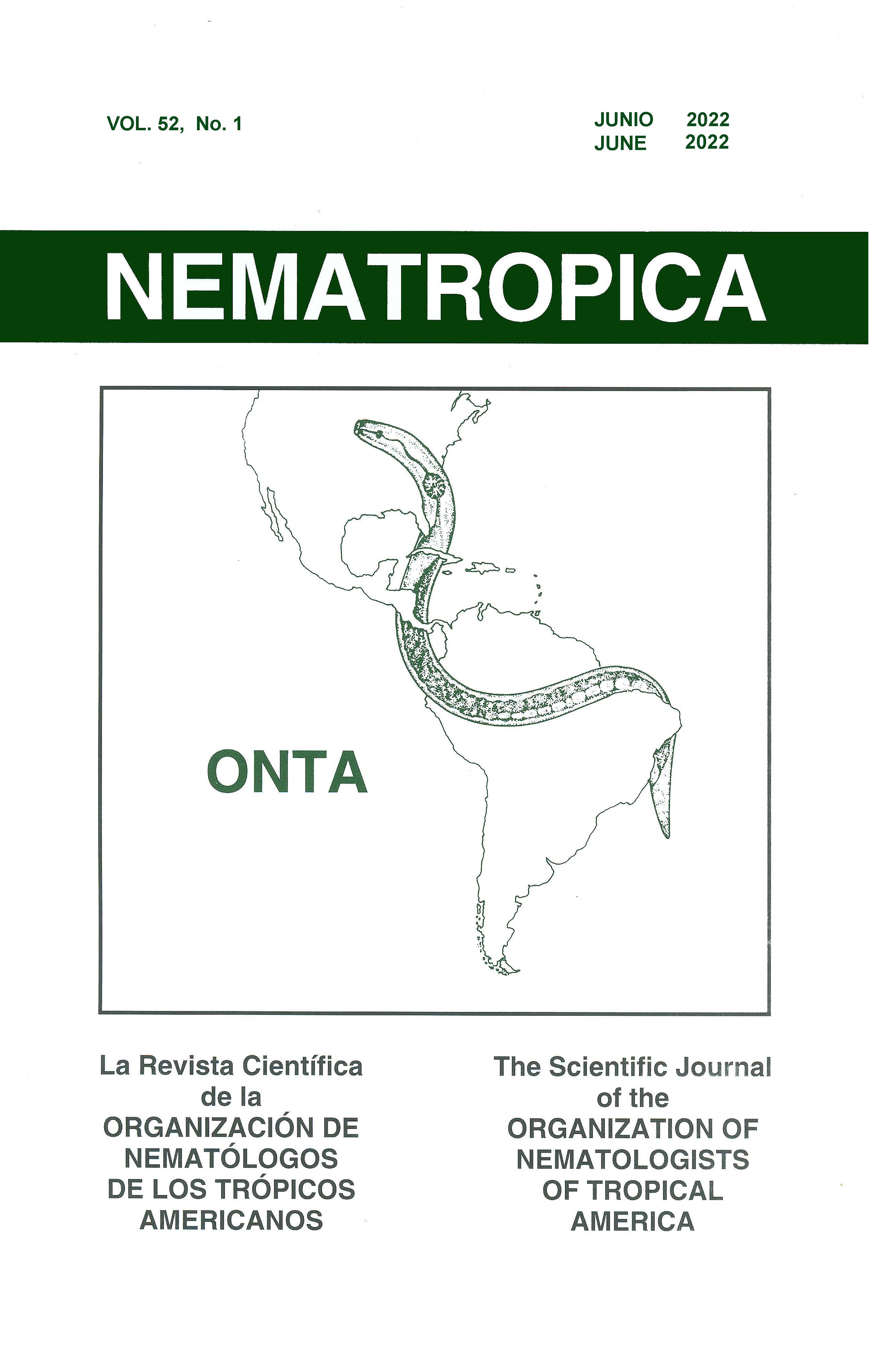NEMATODE COMMUNITIES IN PINEAPPLE PLANTATIONS IN THE PLAINS OF THE REGIÓN HUETAR NORTE, COSTA RICA
Abstract
Little is known about nematode communities related to Costa Rican crops, which limits the efforts to offer adequate responses to producers interested in soil conservation. The objective of this work was to describe nematode fauna of pineapple plantations in the northern plains of Costa Rica as an example of how agronomical management practices can influence nematode diversity. The abundance of families (or genera) of the nematode communities in soil samples of 15 pineapple plantations and 11 patches of forests or tree plantations near them was calculated. Forty-three families were identified, 39 families in forest, 36 in tree plantations, and 35 in pineapple plantations. Helicotylenchus was the most abundant genus in pineapple, while Discocriconemella dominated in forests and tree plantations. Non-metric multidimensional scaling and redundancy analysis showed few differences but revealed that forests and tree plantations correlated with organic matter, Ca, Mg, and with Discocriconemella. Meanwhile, pineapple plantations correlated with exchangeable acidity, K, and with abundance of Mesocriconema. Basal index was significantly lower in forest and tree plantations while the Structure index was higher. Other calculated indexes (Plant-parasitic index, Maturity index, Channel index, Enrichment index, and Metabolic Footprints) did not show any statistical differences among land uses. Most statistical differences were found at the nematode genus level.

